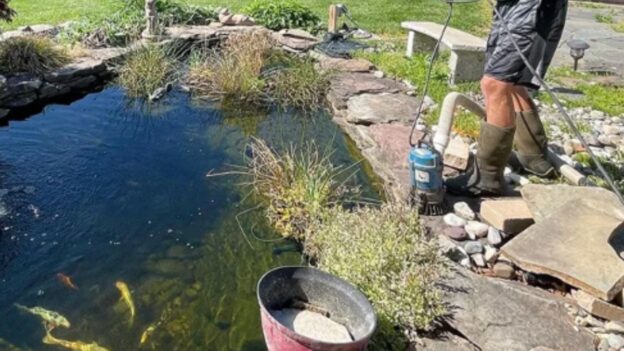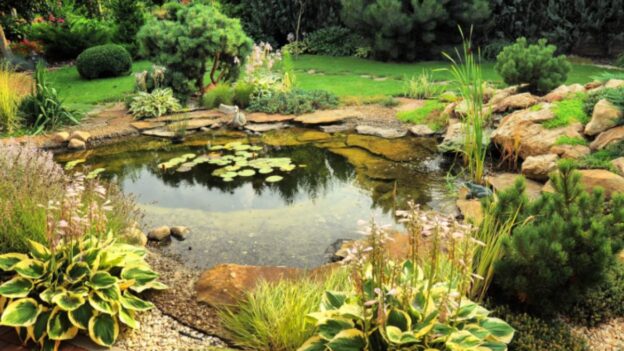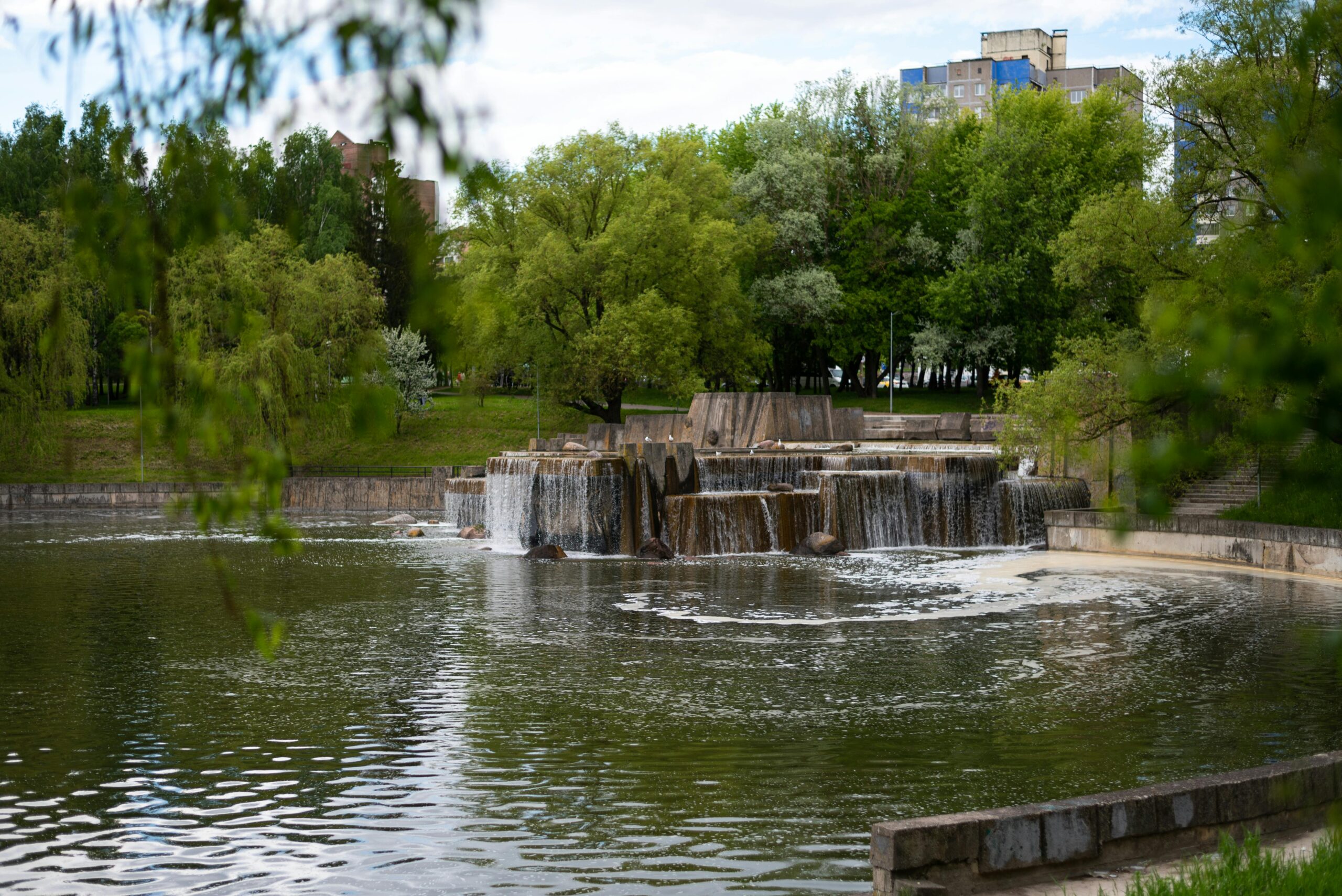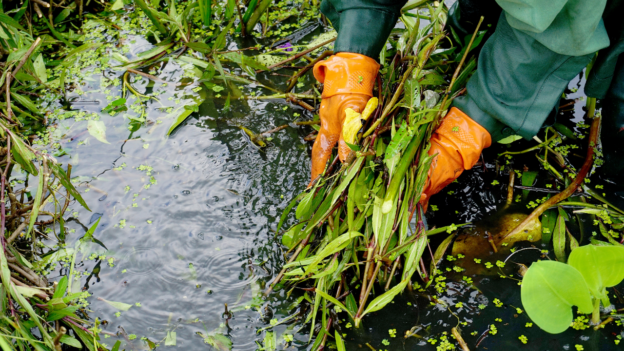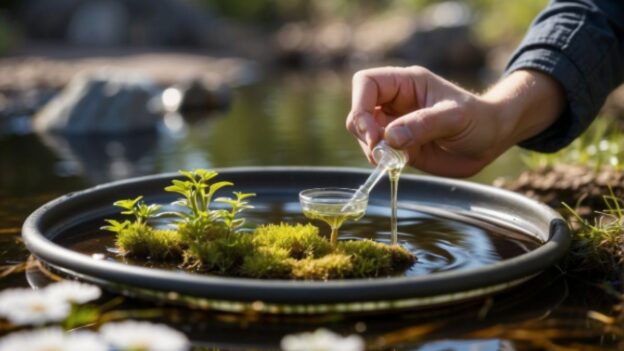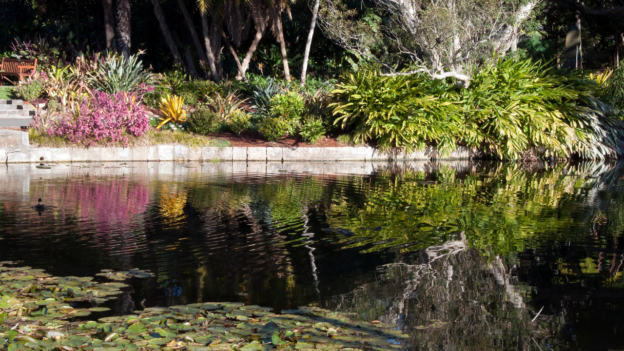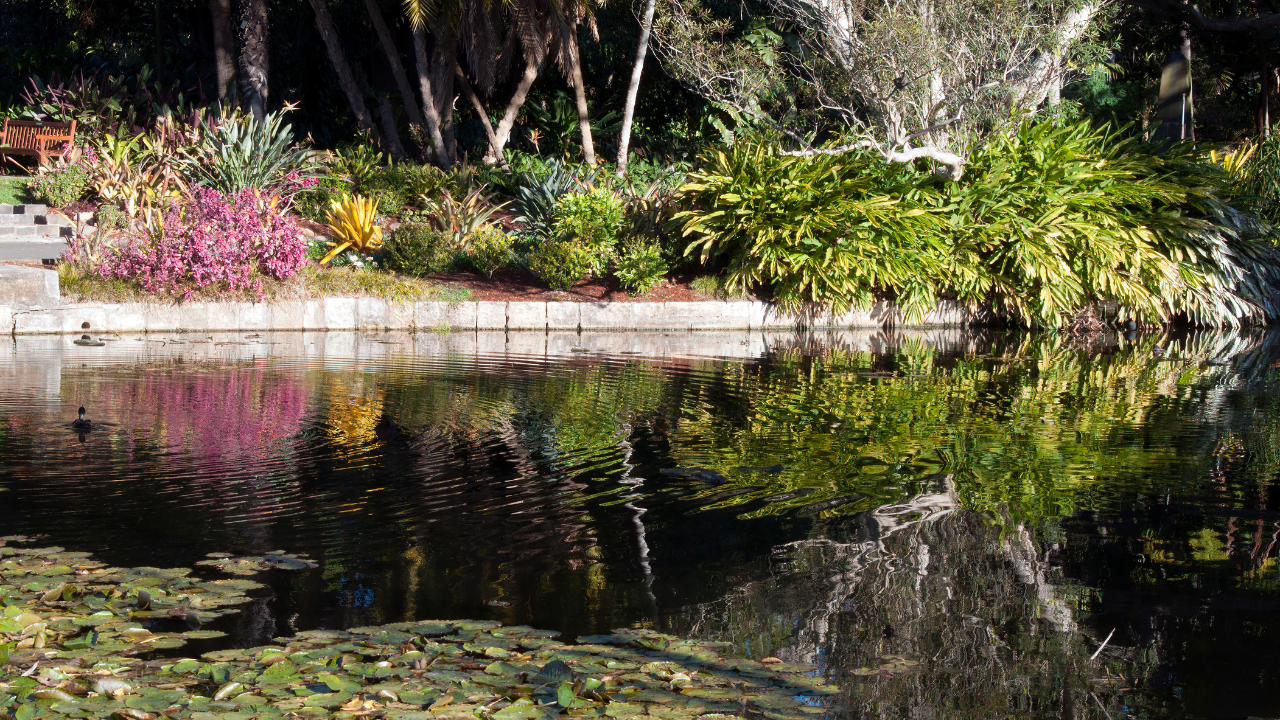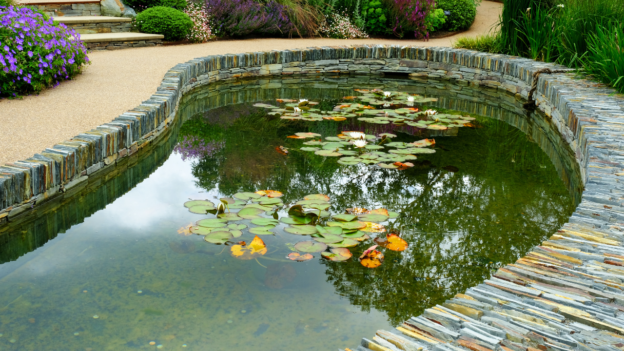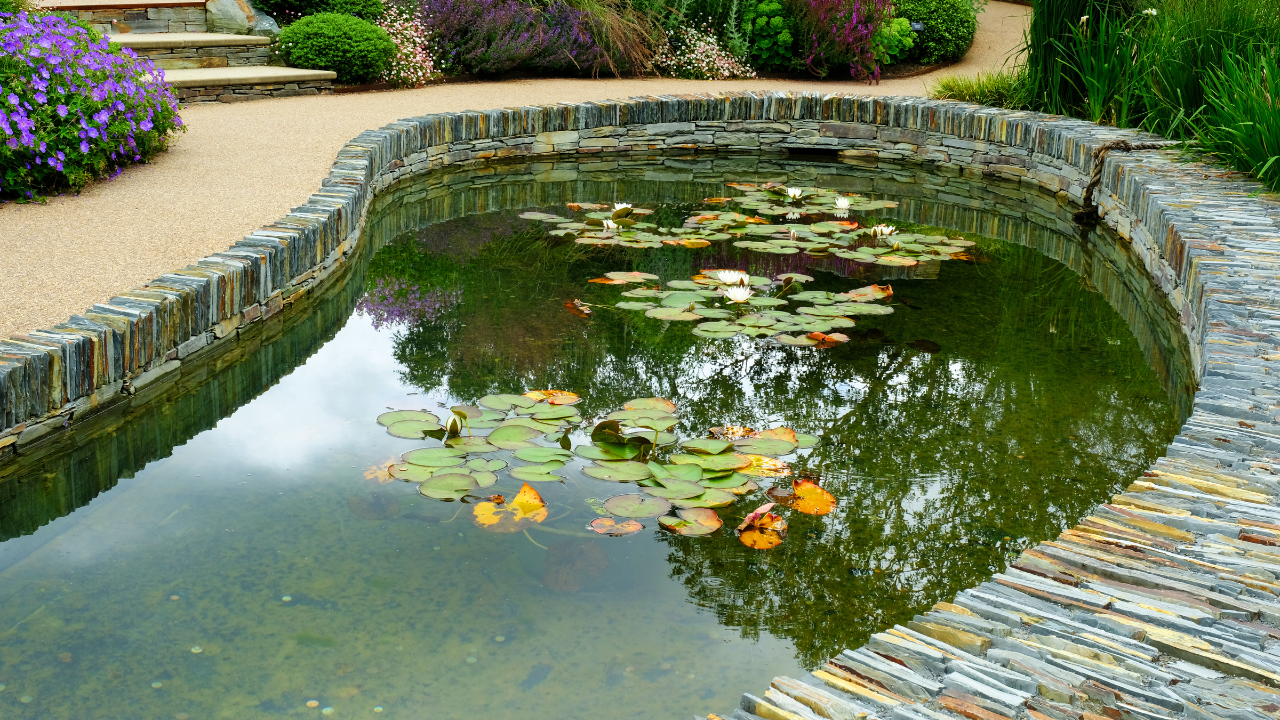Key Takeaways:
- Regularly checking your pond pump’s power supply, water levels, and cleaning routine can prevent common malfunctions and ensure smooth operation.
- Clogged impellers and low water levels are common causes of pump failure and can be resolved with routine cleaning and proper pond care.
- Worn-out parts like seals and bearings should be replaced promptly to keep the pump functioning efficiently. Access to quality pond fountain parts and supplies in Orange County is essential.
- Monitoring water quality and preventing overheating are vital for the pump’s longevity and the overall health of your pond.
- Professional help is recommended when pump issues persist, as an expert pond and fountain repair in Orange County can diagnose and solve complex problems.
A well-functioning pond pump is crucial for keeping your pond clean, aerated, and healthy. When it malfunctions, your entire pond ecosystem can suffer.
If you’re facing issues with your pump, it’s time to troubleshoot and get things running smoothly again. Whether you need pond and fountain repair in Orange County or searching for pond fountain parts and supplies in Orange County, this guide will help you identify common problems and solutions.
Maintaining proper pond care not only enhances the aesthetics of your space but also promotes a balanced aquatic environment, ensuring that the wildlife and plants in your pond thrive.
Common Causes of Pond Pump Failure
-
Power Supply Issues
The first thing to check when your pond pump stops working is the power supply. A loose plug, tripped breaker, or blown fuse could easily disrupt your pump’s performance.
Ensure that all power connections are secure and that the electrical outlet is working properly. It’s also a good idea to have a backup power source or surge protector for extra safety.
-
Clogged Pump or Impeller
Debris, such as leaves, dirt, and algae, can clog your pump or impeller, reducing water flow or stopping it entirely. Regular cleaning and maintenance of your pump can prevent clogs.
Remove the pump from the pond and clean the impeller and housing thoroughly to restore function. This practice is essential for pond care and will ensure the longevity of your pump system.
-
Low Water Levels
If the water level in your pond drops too low, the pump may start to suck air instead of water, which can damage it over time.
Ensure that the water level stays above the intake valve, and add more water as needed. Proper pond care will help maintain water levels and prevent pump damage.
-
Damaged or Worn-Out Parts
Over time, parts of the pump, such as seals, bearings, or the impeller, may wear out, causing reduced efficiency or complete failure.
If cleaning the pump doesn’t fix the problem, it may be time to replace damaged parts. Look for pond fountain parts and supplies in Orange County to get quality replacements that match your specific system.
-
Pump Overheating
Pumps can overheat if they run dry or operate in extreme heat without proper ventilation. Make sure your pump is always submerged in water and is placed in a shaded area if possible.
If overheating continues, it may be a sign that your pump is nearing the end of its lifespan, and it might be time for a replacement or a pond and fountain repair in Orange County.
How to Maintain Your Pond Pump
-
Regular Cleaning
Routine cleaning of the pump and the surrounding pond area is essential to ensure smooth operation. Clean the filter, impeller, and any tubing connected to the pump to avoid blockages.
This simple step will prevent major issues down the line and is part of responsible pond care.
-
Inspecting Electrical Connections
Periodically check the electrical cords and plugs for wear and tear. Faulty connections can be hazardous and should be replaced immediately to avoid damage or accidents.
-
Check for Wear and Tear
Inspect your pump every few months for any signs of wear. If parts seem worn, consider replacing them with new components from pond fountain parts and supplies in Orange County to keep your pump running efficiently.
-
Monitor Water Quality
Water quality plays a crucial role in your pump’s performance. High levels of debris or algae can clog the pump and impede its function.
Regular water testing and pond care can help maintain the balance of your pond’s ecosystem and protect your pump from premature damage.
When to Seek Professional Help
If you’ve tried the above troubleshooting steps and your pond pump still isn’t functioning correctly, it might be time to consult a professional. Whether it’s complex electrical issues or a complete pump failure, a professional pond and fountain repair in Orange County can diagnose and fix the problem efficiently.
They also have access to the best pond fountain parts and supplies in Orange County, ensuring you get the right components for your system.
Frequently Asked Questions
How often should I clean my pond pump?
You should clean your pump at least once a month to prevent clogs and ensure it operates smoothly.
Why does my pond pump keep shutting off?
This could be due to overheating, a power supply issue, or a blockage in the pump. Check for clogs and ensure the pump is submerged properly.
What should I do if my pump is making a strange noise?
Strange noises usually indicate a blockage or a worn-out part, such as the impeller. Cleaning or replacing parts might solve the problem.
How do I know if my pump is too small for my pond?
If your pump isn’t circulating water efficiently or struggles to keep up with the pond’s demands, it may be undersized. Consult a professional for advice on the appropriate pump size for your pond.
Can I run my pond pump year-round?
Yes, but in colder climates, you may need to winterize your pump to prevent damage during freezing temperatures.
How long do pond pumps typically last?
With proper maintenance, a pond pump can last between 3 to 5 years. Regular cleaning and part replacement can extend its lifespan.
Breathe New Life into Your Pond with Expert Help
Experiencing pond pump problems can be frustrating, but with the right approach, your pond can return to its peaceful, bubbling self in no time.
Whether you’re handling minor repairs yourself or need professional pond and fountain repair in Orange County, staying proactive about pond care is key to ensuring the long-term health of your pond ecosystem.
Is it time to take your pond maintenance to the next level? Reach out to Orange County Pond Fountain Service to explore a wide range of pond fountain parts and supplies in Orange County, and let our experts help you maintain a beautiful, functioning pond year-round.
